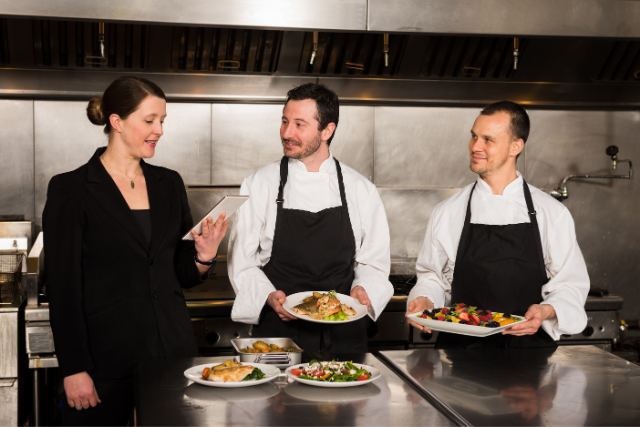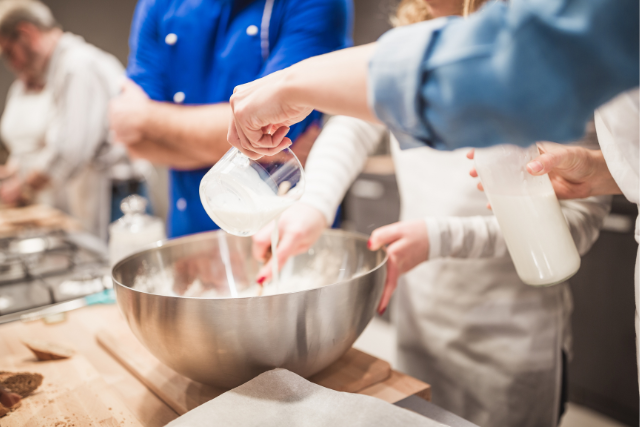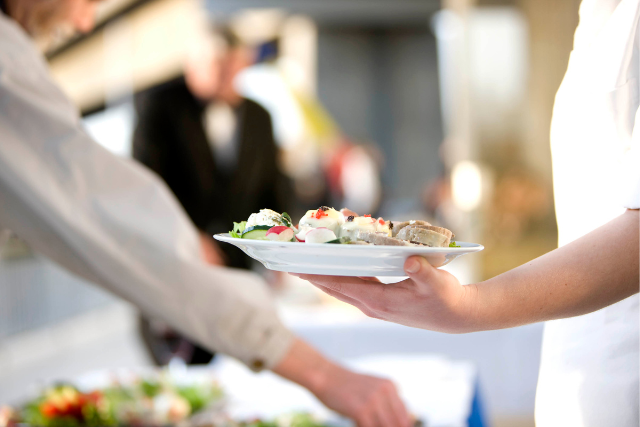
The food industry continues to change, influenced by shifting consumer preferences and growing expectations around quality and service. Although cooking skills remain essential, they are no longer enough.
Success now also relies on understanding how a kitchen functions as a system and maintaining focus when the pace becomes demanding. These abilities support reliable performance and help build a strong foundation for long-term progress in the culinary field.
The Diploma in Culinary Arts and Technology Management offered by CCA Manila meets these demands by combining hands-on kitchen training and preparing students to meet today’s modern standards.
Why Embracing Kitchen Innovation Matters
Before discussing the course, it’s important to understand why adapting to kitchen and food innovation is important.
- Improved workflow
When tasks are organized and planned with intention, the entire kitchen moves more efficiently. Small changes like shifting prep timing or rearranging workstations can reduce slowdowns and allow service to run more smoothly from start to finish. - Better use of resources
Innovation helps teams get more out of the ingredients and time they have. Streamlining prep and tightening ordering routines contribute to a kitchen that wastes less and performs more consistently. - More consistent results
Clear systems make it easier for staff to follow the same steps each time, even during busy hours. This helps maintain the expected standard of every dish, regardless of who’s working the station. - Faster service
When every task has a defined place and time, the team works more quickly and with less confusion. Service during peak hours becomes easier to manage, helping orders move through the line without delay. - Fewer errors during service
Defined steps and consistent systems reduce the risk of mistakes. When processes are simplified and repeated regularly, staff are more likely to stay on track. - Stronger cost control
Innovation often leads to better tracking and portioning, which helps control food cost and reduce overproduction. - Improved menu execution
Kitchen innovation supports menu adjustments that match what the team and space can handle. This keeps dishes within reach, avoids unnecessary strain, and helps maintain quality over time.
Learning Innovation Through Hands-On Training

The Diploma in Culinary Arts and Technology Management program has ten levels, each building on the last. It starts with basic skills and moves on to more advanced cooking methods.
In the early stages, students focus on the following essentials:
- Knife handling and food preparation
- Basic cooking techniques across multiple categories
- Food safety and sanitation
The coursework also mirrors real kitchen environments, covering visible tasks and the behind-the-scenes work, such as the following:
- Restaurant and catering operations – Whether it’s a plated dinner for 200 or a casual lunch service, students become familiar with how different food service models operate and what it takes to make them successful.
- Food cost control and inventory systems – Keeping a kitchen stocked and on budget is no small task. Students learn to manage ingredients and reduce waste without cutting corners.
- Team management and scheduling – A well-run kitchen depends on communication and collaboration. You’ll gain experience with scheduling and how to create a productive environment here.
- Budgeting and operational planning – Learn how to handle daily kitchen tasks and long-term planning, building the ability to stay organized and adjust when things change.
- Kitchen workflow and equipment planning – Good kitchen design can make or break a service. Students learn to set up spaces that support fast and efficient work.
- Green kitchen systems – From energy-efficient appliances to recycling systems and water-saving techniques, students explore how to design and operate easier kitchens on the planet.
- Modern flavor combinations and presentation – Creativity still has a strong place in the kitchen. Future chefs are encouraged to experiment with bold flavor pairings and a contemporary menu concept.
Real-World Experience

From the program’s first term, you take on tasks that reflect real kitchen work. These hands-on experiences are part of the core training and help you understand how things run in the industry.
Key activities include:
- Student-led dining events
Plan and run full-service meals, handling prep, plating, and front-of-house duties as a team. - Catering functions
Manage off-site events with custom menus and real-time adjustments, building your ability to stay organized under pressure. - Industry events
Join trade shows and food festivals to learn from professionals and know the trends.
Who Should Take This Course
Enrolling in a Diploma in Culinary Arts & Technology Management is a good choice for anyone who wants to improve cooking skills and understand how food operations work.
This program is best for:
- Aspiring chefs who need formal training
For those with some kitchen experience or a clear plan to enter the industry, the course offers a structured approach to building key skills and understanding professional kitchen standards. - Career changers moving into the field
The program provides a clear entry point for individuals from other industries. It covers the tools, systems, and daily routines needed to work confidently in food service. - Food enthusiasts who want structure
The course is also suited to those learning informally and want clear instruction. It introduces technical methods, correct procedures, and professional kitchen practices. - Entrepreneurs building food businesses
For people planning to open a food venture, the course includes training on kitchen management, preparation flow, and operational planning to help align their concept with daily service requirements.
Start Strong with CCA Manila
Change happens all the time, and food moves with it. New ideas take shape in the kitchen through better working methods and improved daily task completion.
Through the Diploma in Culinary Arts & Technology Management, students at CCA Manila build a strong foundation in culinary techniques while learning how to make kitchens run more effectively.
It trains you to adapt to current industry needs without losing sight of the basic practices that every professional kitchen still follows. While the course introduces updated methods and systems, it reinforces core techniques and routines essential in any culinary setting.
Enroll now and improve the skills that match the needs of today’s kitchens! All our programs give future chefs the tools to learn practical ideas that will enhance operations and meet the needs of a changing industry.
